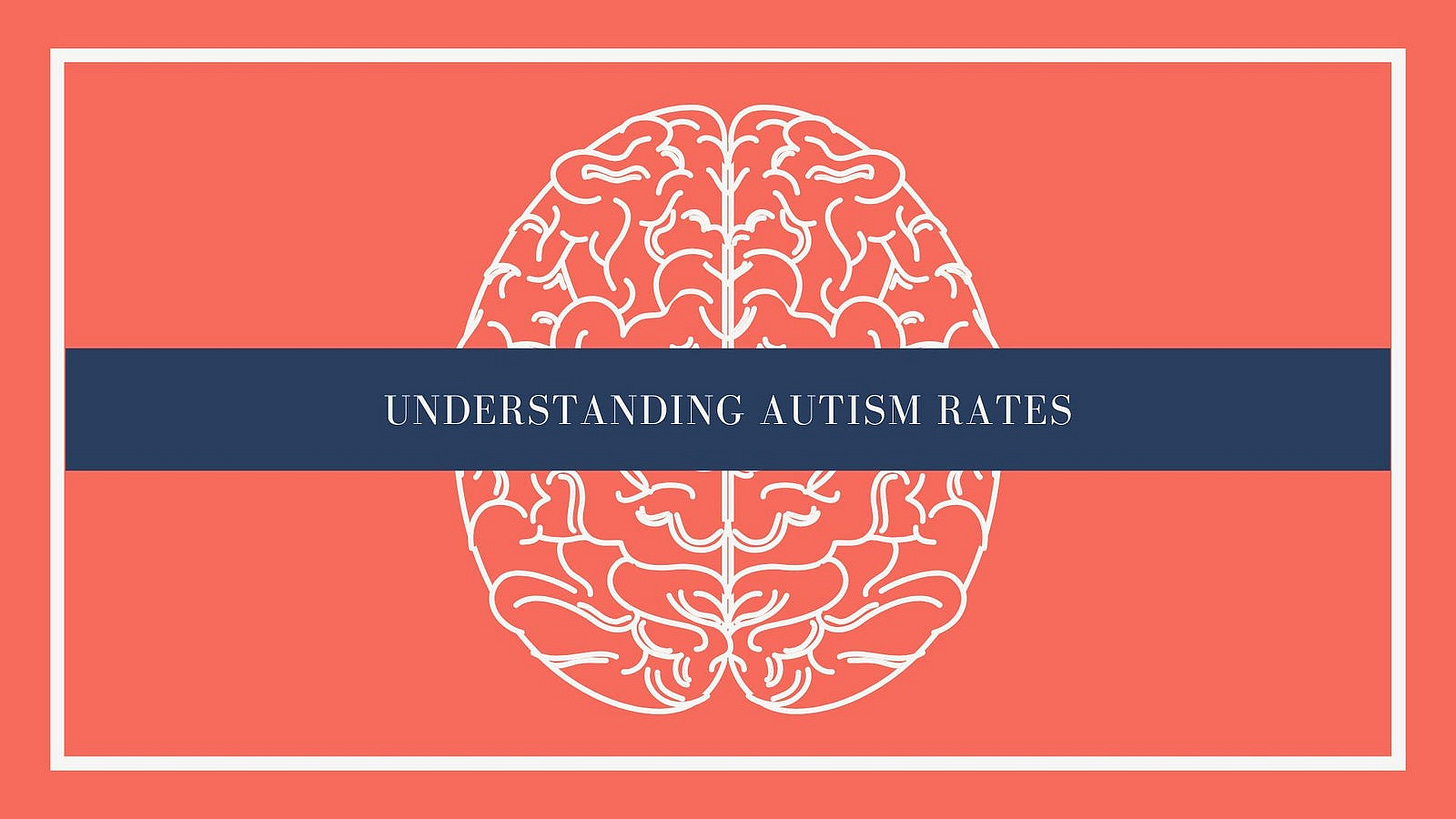The War On Science: RFK Jr. and His Lies
MAHA Agenda Feeds RFK Jr.’s Ego Using Parental Fear
Robert F. Kennedy Jr. paints a dramatic picture: autism rates have skyrocketed from 1 in 150 children in 2000 to 1 in 31 by 2022. But behind these alarming statistics lies a fundamentally different story — one that is profoundly important to understand when we allocate resources to what is being framed as a dramatic increase in cases of autism.
We’re not witnessing an autism epidemic. We’re witnessing the end of an autism blindness that lasted generations.
The turning point came in 2013 when the American Psychiatric Association made a decision that would reshape how we understand autism forever. For decades, the diagnostic manual had carved autism into five separate categories: classic autistic disorder, Asperger’s syndrome, pervasive developmental disorder, and others. Children who didn’t fit neatly into these boxes often went undiagnosed entirely or received labels that offered little help.
The 2013 revision swept away t…
Keep reading with a 7-day free trial
Subscribe to The Powell House Press to keep reading this post and get 7 days of free access to the full post archives.



